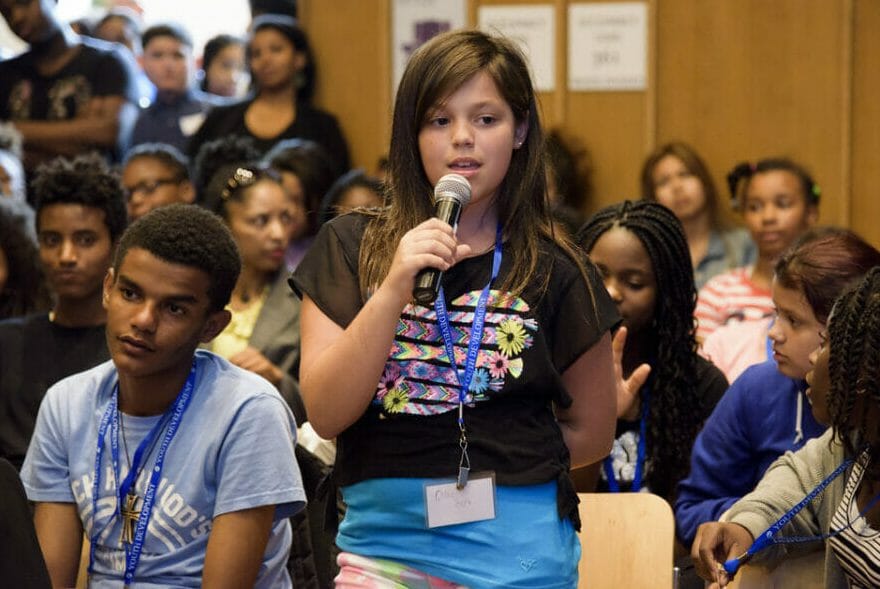
It was a lovely day on my life coaching deck and Talia came over wearing her gorgeous bright-colored dress, but it did not help lighten up her spirit. She was very sad. I had known her for a while and admired her deeply. Talia was an example of perfection for me. She was beautiful, she was friendly, she was knowledgeable, she was in a relationship, she had a perfect job and she was amazingly smart. She played musical instruments (yes, more than one), already held several degrees. While other people struggled to manage their time, she had worked full time and completed 6 university courses with high scores. She had traveled the world. And she had done all that by the age of 25.
Still, Talia was a very sad and tormented woman, because nothing she did seemed to please her mother.
Talia was in what I call the approval trap.
Unfortunately, we are all born into that trap without a choice. The way things are structured when we are young, we seek our parents’ approval to learn about life and build our confidence. Living every day of our life around them makes them almighty gods for us and we do everything within our tiny power to get their approval.















